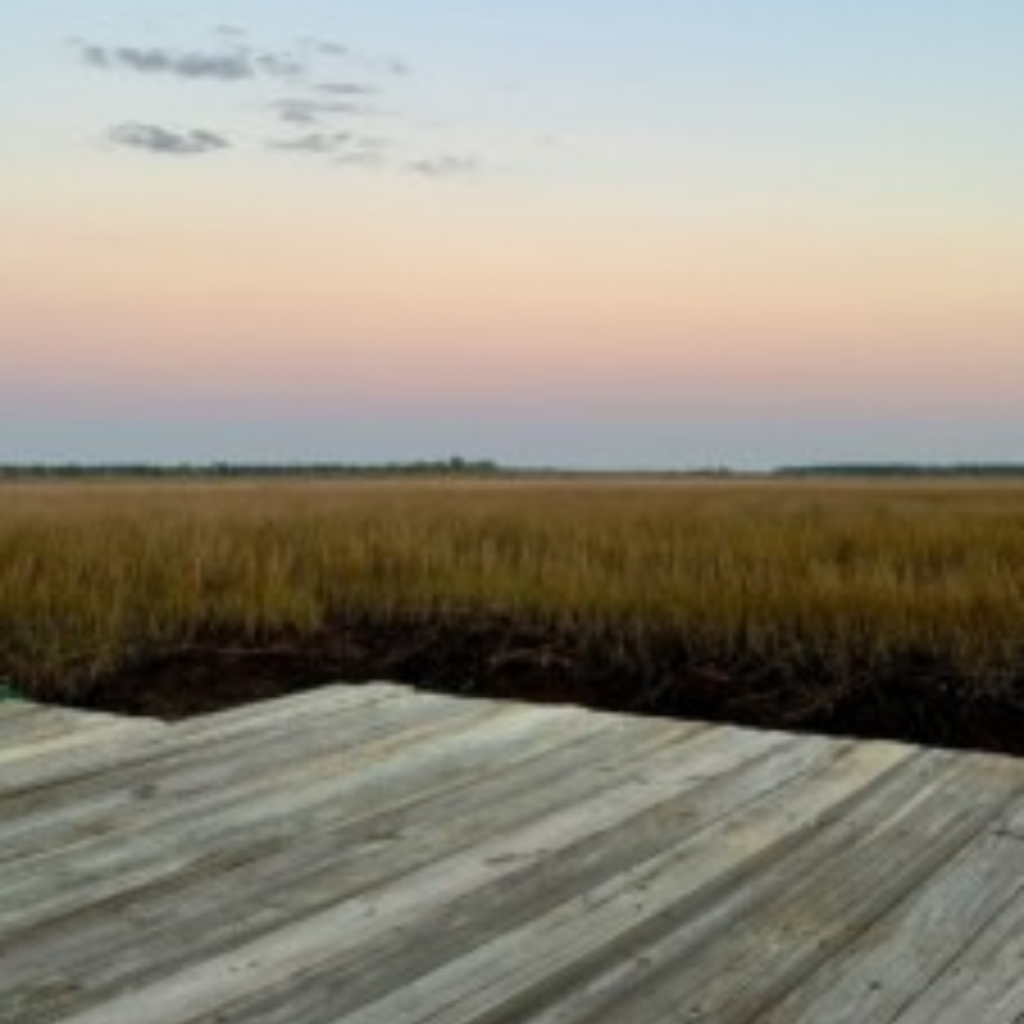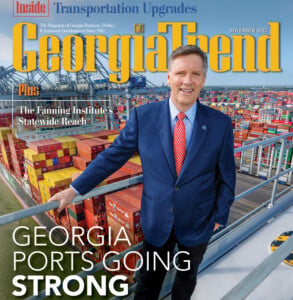Prospects for Valdosta
Valdosta State is second only to Moody Air Force Base as a driver of the local economy and an important source of job growth.
 Thanks to the local military base, a thriving state college and a strong healthcare industry, the forecast for Valdosta is good. The combination of economic development projects and higher enrollment at Valdosta State University (VSU) will contribute to job growth.
Thanks to the local military base, a thriving state college and a strong healthcare industry, the forecast for Valdosta is good. The combination of economic development projects and higher enrollment at Valdosta State University (VSU) will contribute to job growth.
Structurally, the Valdosta metropolitan area is extremely dependent on federal jobs due to Moody Air Force Base. The number of jobs at the base held steady throughout the pandemic recession, and it will continue to provide stability in 2025 and beyond. By a wide margin, it is Valdosta’s largest employer. Its designation of as one of five Lead Wings that are trained, equipped and ready to deploy quickly means an increase to the base’s budget is likely.
As a college town, Valdosta is also extremely dependent on spending by state and local government. Valdosta State is second only to the base as a driver of the local economy and an important source of job growth.
In fiscal year 2023, the university’s economic impact was $395 million and 3,691 jobs, including 2,415 off-campus jobs that exist due to university-related spending. Enrollment is rising, and the school’s reputation will continue to attract many students from outside the region, adding to student spending and to the supply of college graduates. In addition to generating university-related spending, the school makes it easier to recruit or grow new businesses and industries, especially high-tech and high-wage services industries.
The South Georgia Medical Center is the area’s third largest employer. The area’s highly regarded healthcare industry will do well in 2025 by expanding its share of the local market and by pulling more patients from surrounding areas, including northern Florida.
The area’s other top employers include Lowe’s, Fresh Beginnings, Wild Adventures, Walmart, Wiregrass Georgia Technical College, Concentrix and Packaging Corp of America. The leading high-wage industries include freight trucking, physicians’ offices and the federal government. The leading mid-wage industries include plastics product manufacturing and local government. The leading low-wage industries include the military, state government, restaurants and warehousing/storage.
Valdosta’s location off Interstate 75 makes it convenient for Florida-bound visitors to stop overnight. Its proximity to Atlanta, Jacksonville and Tallahassee also works to the hospitality industry’s advantage. That industry accounts for a larger-than-average share of the area’s jobs, and its upswing will continue. Retail and transportation largely contribute to the local economy, but I do not expect much job growth there. Professional and business services account for relatively low shares of employment.
Within manufacturing, the area is more dependent on nondurable goods manufacturing than either the state or the nation. As several new economic development projects become operational, manufacturing will become a more important source of job growth.
High-tech jobs account for only 2.3% of the area’s jobs compared to 5.5% of all U.S. jobs. The small labor pool makes it difficult to attract high-tech firms, but the presence of VSU should help the region in that area. Another benefit is below-average business costs. Valdosta depends on international trade, with exports accounting for 6.1% of the area’s GDP. Chemicals are the major export product.
Several economic development projects will boost the region in the next several years. In late 2025, operations are expected to begin at Walmart’s new dairy facility in Valdosta, creating 400 jobs. Utility Plastics will open a new manufacturing facility, creating over 60 jobs. P&B Cold Storage will build a 200,000-square-foot distribution center, creating 100 jobs. Prinsco’s new manufacturing facility will create 40 jobs, and CJB Industries is adding manufacturing capacity and 25 jobs.
The area will continue to benefit from its role as a retail hub in Southwest Georgia, but retailers will face more competition from ecommerce, which will limit retail job growth.
At the end of 2024, existing home prices in the Valdosta MSA were 51% above pre-pandemic levels, with a 3% year-over-year price increase. Homes are not overvalued, but the potential for further appreciation is limited unless the area’s population grows more rapidly or more high-paying jobs are created. Another factor limiting home price appreciation and new home construction is that one in every eight homes is vacant. In 2025, I expect Valdosta’s population to grow at about the same pace as the U.S. population, but more slowly than Georgia’s population.
Between its tourism, educational opportunities and economic projects, prospects for Valdosta are positive. 
Jeffrey humphreys is Director of the Selig Center for Economic Growth at the University of Georgia’s Terry College of Business.







